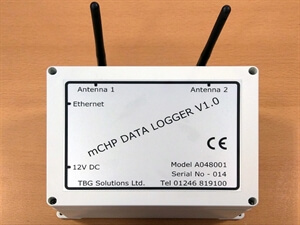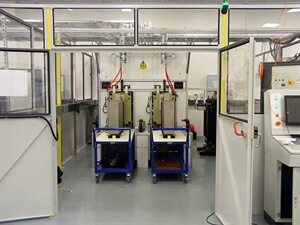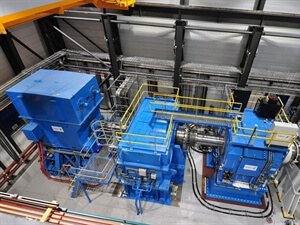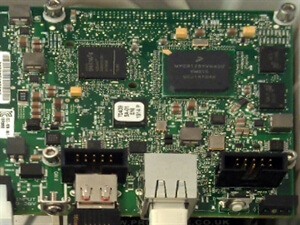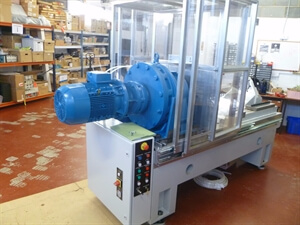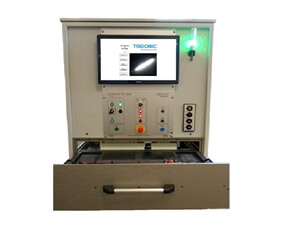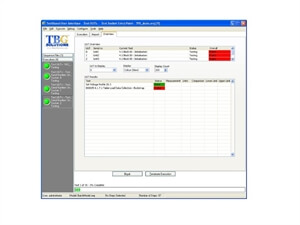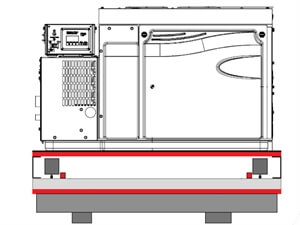We design and deliver bespoke Remote Monitoring systems for our customers. Remote Monitoring Is a key feature of any condition monitoring system. Simply acquiring the data and locally displaying and analysing at the source isn’t always reasonable for distributed or remote systems as they may be meters under water or km away from where engineers are based. Remote monitoring allows deep insight into a system, or multiple systems whilst not physically being at the system’s location. This provides instant access to critical data to maintain efficiency and uptime whilst reducing cost.
Challenge us
With over 300 test, measurement and control projects delivered we have the confidence and the skill to meet any challenge you may have within your business. Why not put us to the test? Contact us with details of your project and allow us to show you what we are capable of.
Typical Remote Monitoring applications
- Remote Thermal imaging of moving machinery, monitoring of temperatures for fatigue/wear
- DAQ of sensor data in remote locations.
- Monitoring of sensor data in highly hazardous environments
- Multiple assets in operation with limited resource to monitor.
Case Studies
The best way to find out about a business is to see what they have achieved in the past. At TBG we are proud of the projects we have delivered and showcase just some of our successes here.
Why Choose Us
TBG Solutions’ experience in remote monitoring covers a wide range of areas from oil pipeline monitoring to wind turbine blade testing with over 300 channels at a data rate of 50kHz. TBG can dedicate resource and the latest technologies to deliver remote monitoring applications via satellite, secure network connections, and by leveraging the next generation of LabVIEW Web services via LabVIEW NXG. Using our LabVIEW knowledge, we provide our customers with an intuitive and distributed User Interface available on any smart device.
Benefits
Customers that have taken advantage of Remote Monitoring have
- Increased insight into their systems, anywhere, anytime
- Reduction in on site time therefore reduces staff costs.
- Reactive and preventative maintenance, only going on site when needed
- Detailed reporting into system operation


